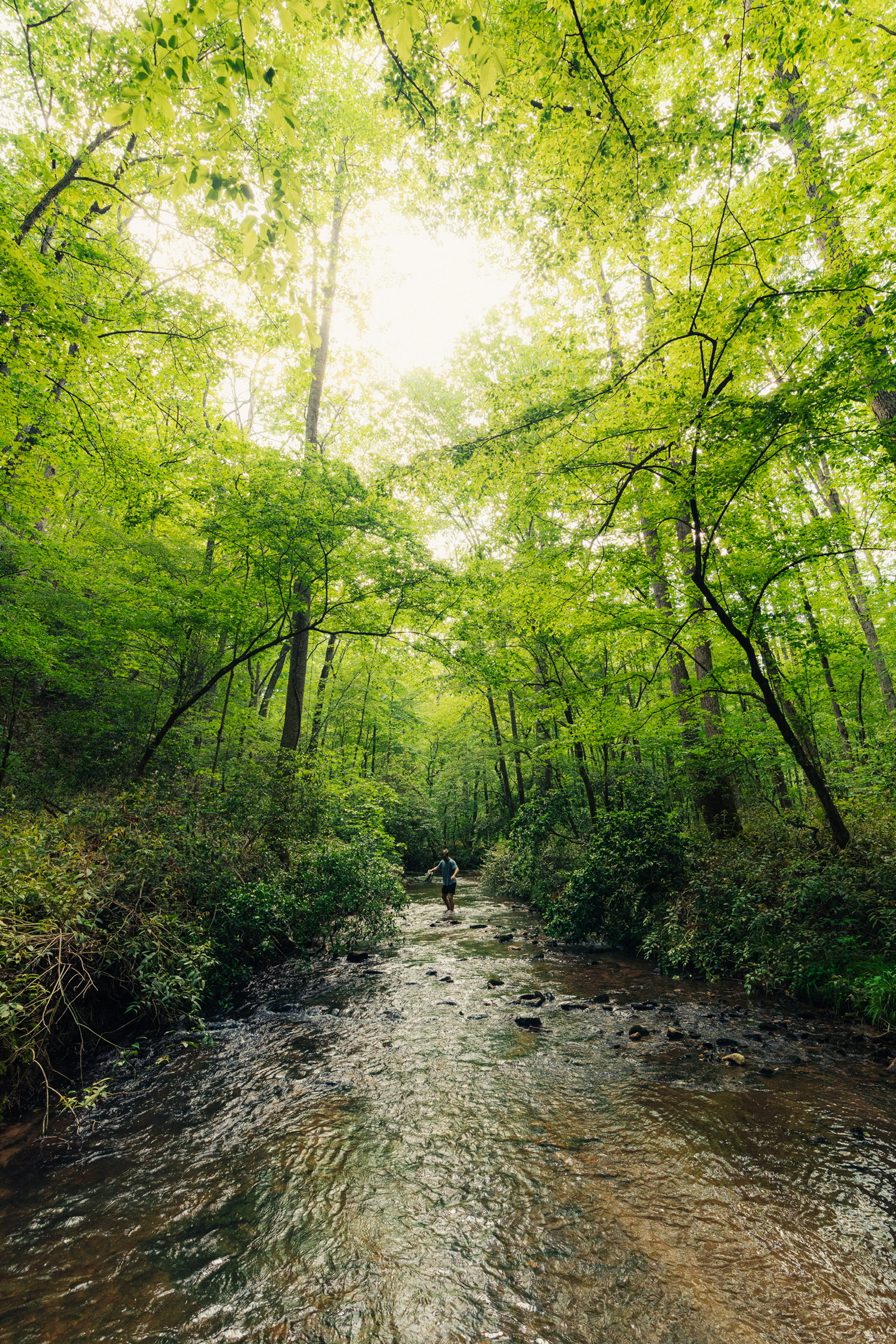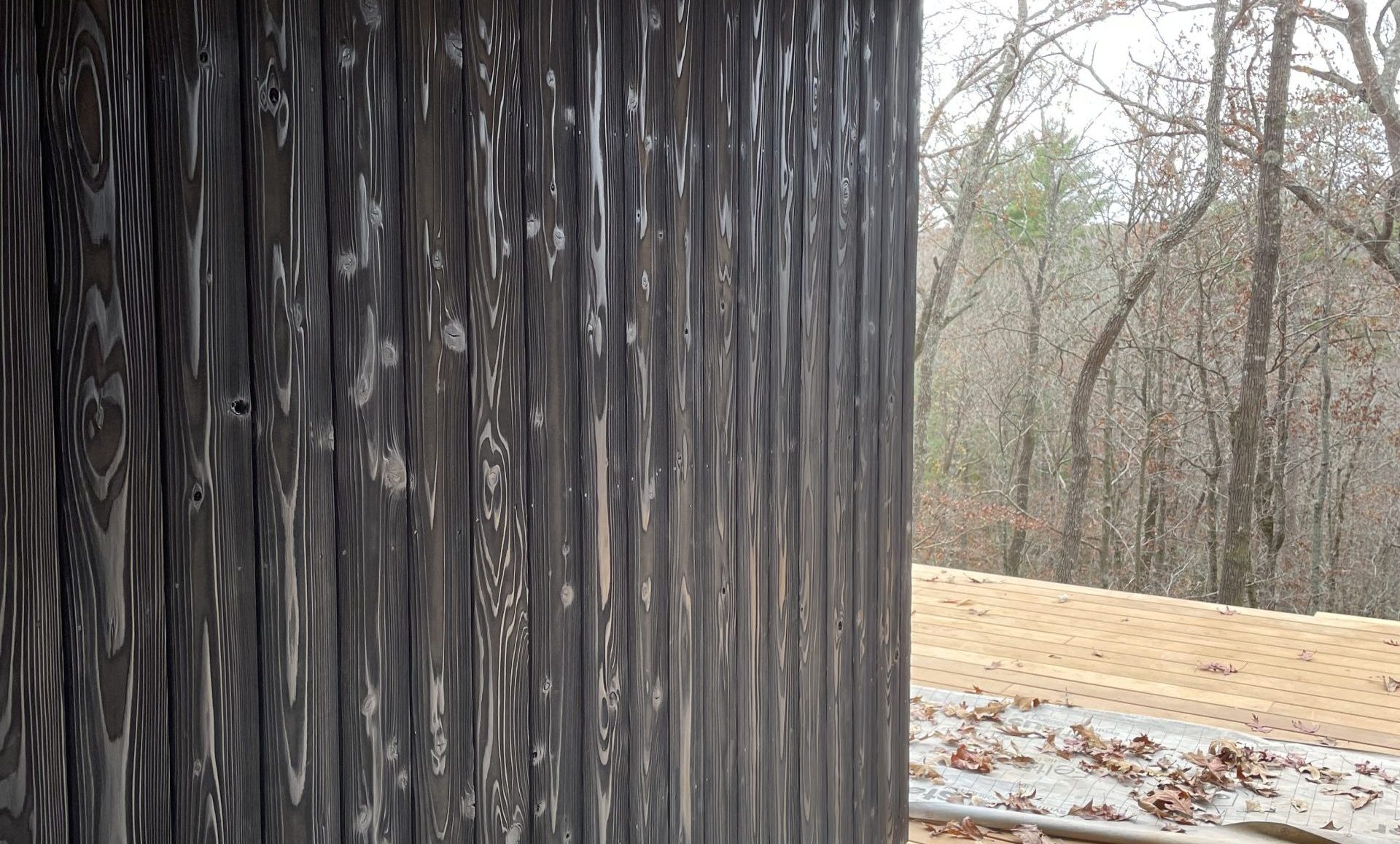When we first saw authentic Shou Sugi Ban siding, a process of intensely burning cypress planks that originated in Japan, we were mesmerized. Right away, its rich color draws your eye in and we loved how the light changes the way it looks at different angles. We knew we wanted to incorporate this look into one of our landscape hideaways.
Finding the right stuff
As you can imagine, there are many makers of Shou Sugi Ban, or Yakisugi, as it’s traditionally called. And not all of them are done the same way. We set out to find the “real deal,” and landed on a group called Nakamoto Forestry that is owned and managed by the Nakamoto family. They have obtained and milled their wood from the Sugi and Hinoki forests in Hiroshima since the 1920s.
How is it made?
Shou Sugi Ban begins with the Cyptomeria Japonica tree (Japanese Cypress), milling them to spec and then burning them using a kiln. This charred or burnt cladding takes on unique characteristics and colors and helps protect structures from fire, pests and weathering. So, not only does it look amazing, it has a practical side as well. This was enough for us to shout, “Yes, we want to do this!” Now for the hard part – choosing a finish option.
The secret sauce
Nakamoto Forestry offers a variety of finish options including color and sheen. Yakisugi is the traditional, dark black with thick charred soot on the the exterior. Their two other choices include the Gendai or the Pika Pika, both of which involve wire-brushing some of that soot off to reveal a little more variation of the wood underneath. They call their oils their “secret sauce” and you can pick from different oils or acrylic top coats. In the end, we chose the Pika Pika product, which is wire-brushed twice, in Alkyd Oil Black. We are thrilled with the finished product! See it on our Dogtrot design, called “Better Together.”
Recent Entries
Categories

Let’s Stay Connected
Subscribe our mailing list for the latest specials, news and updates from LoveAdventures.
